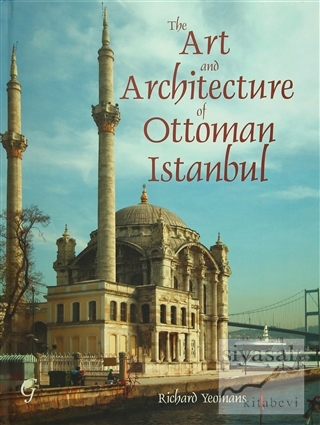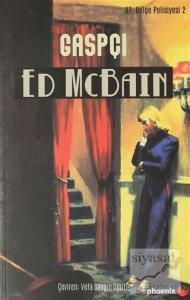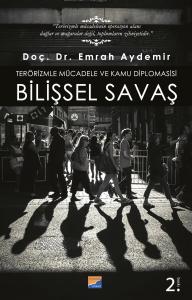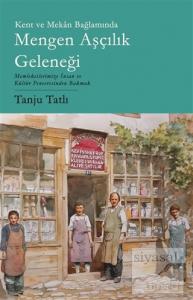
This beautiful book allows the reader to appreciate the complexities and subtleties of Ottoman art and architecture as a whole, while simultaneously learning more about the history of one of the world's most magnificent cities - Istanbul.
Bridging the gap between the specialist scholar and the educated general reader, the history of the city is discussed, from the conquest of Constantinople by the Ottomans in 1453 up to the beginning of the twentieth century when the Ottoman Empire was finally dismantled following the First World War.
This historical background appears alongside descriptions and illustrations of Ottoman architecture, regalia, textiles, books, ceramics, calligraphy and painting. Throughout, Yeomans presents the exhilarating alternative of Ottoman art, with its meaning expressed through non-figurative form rather than through the symbol systems and narrative of Western art.
This beautiful book allows the reader to appreciate the complexities and subtleties of Ottoman art and architecture as a whole, while simultaneously learning more about the history of one of the world's most magnificent cities - Istanbul.
Bridging the gap between the specialist scholar and the educated general reader, the history of the city is discussed, from the conquest of Constantinople by the Ottomans in 1453 up to the beginning of the twentieth century when the Ottoman Empire was finally dismantled following the First World War.
This historical background appears alongside descriptions and illustrations of Ottoman architecture, regalia, textiles, books, ceramics, calligraphy and painting. Throughout, Yeomans presents the exhilarating alternative of Ottoman art, with its meaning expressed through non-figurative form rather than through the symbol systems and narrative of Western art.




















